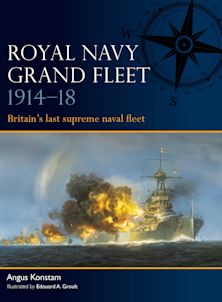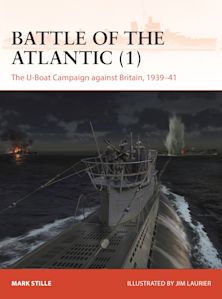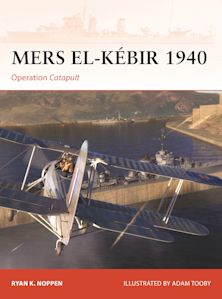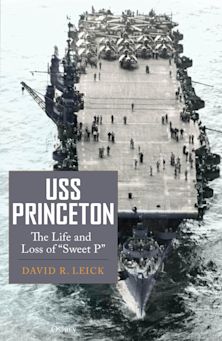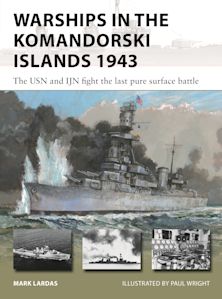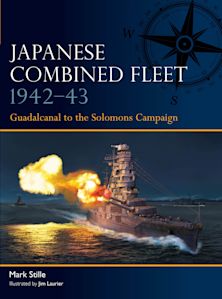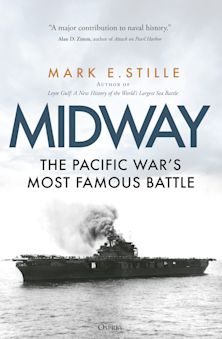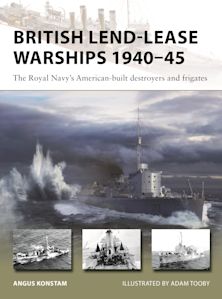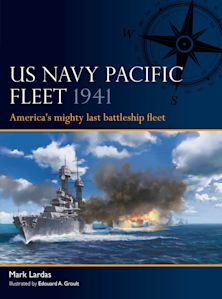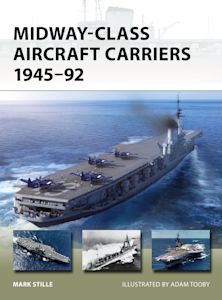Walcheren 1944
Storming Hitler's island fortress
Walcheren 1944
Storming Hitler's island fortress
For information on how we process your data, read our Privacy Policy
Description
Osprey's study of the Walcheren campaign of World War II (1939-1945). Walcheren is a saucer-shaped island in the estuary of the river Scheldt, commanding maritime access to Antwerp, the largest port in Western Europe. The Allies captured Antwerp intact on September 4, 1944, but their eyes were on the Rhine crossings at Arnhem, not the lower Scheldt. The failure of Operation Market-Garden later that month brought home the Allies' logistical weakness. As autumn gales drew near, every shell and petrol tin had still to be landed at Cherbourg or across the Normandy beaches. Complete US Army divisions were immobilized for lack of transport. It was vital to re-open Antwerp. The continued German presence on Walcheren, however, prevented Allied shipping from entering the Scheldt.
In the fall of 1944, Walcheren had the most heavily fortified coastline in the world. Its seaward defences consisted of 30 coastal and field batteries, mounting 50-60 guns from 75mm to 220mm in caliber, manned by high quality naval personnel behind massive concrete emplacements. Supporting strongpoints had anti-aircraft guns, flame-throwers rocket-launchers and Goliath remote controlled demolition vehicles. The sand dunes protecting the low-lying island from the North Sea were laced with barbed wire, mines and dragon's teeth. Defending infantry came from Generalleutnant Wilhelm Daser's 70.Infanterie-Division, a 'white bread division' consisting of men with gastric problems. Allied intelligence estimated the total garrison at 4,000, but 8,000 eventually surrendered.
On November 1, 1944, in a double-pronged attack, the men of 52nd (Lowland) Division plus No. 4 Army Commando seized Flushing (Infatuate I) while in the west 4th Special Service Brigade with three Royal Marine Commandos and No. 10 Inter-Allied Commando would take Westkapelle, and fight their way north and south along the dunes, taking the coastal batteries as they went (Infatuate II). All this was to be supported with HMS Warspite and two 15-inch gun monitors; the Support Squadron Eastern Flank (SSEF) with 25 specialized Landing Craft with guns and rockets; 350 Army guns south of the Scheldt, most of them heavier than 25-pounders; and the Typhoon and Spitfire fighter bombers of 84 Group RAF.
In fighting described by one survivor as 'worse than Dieppe and D-Day put together' the Army and Royal Marines forced their way ashore, supported by specialized armour and tracked vehicles, and over the next eight days cleared the positions of their German defenders in bitter street fighting.
The first Liberty ships unloaded at Antwerp on December 1, just over a fortnight before the Ardennes offensive began. If Walcheren had not fallen when it did, opening Antwerp just in time, the Allies would have been hard pressed to withstand the German attack, or replace the fuel stocks lost in its opening days, let alone cross the Rhine in the following spring, and meet the Russians on the Elbe. The Walcheren campaign was not merely a dramatic combined operation pulled off against the odds; it helped determine the course of the war and the shape of the post-war world.
Table of Contents
Chronology
Opposing commanders
Opposing forces
Opposing plans
The Walcheren campaign
After the battle
The battlefield today
Glossary
Further reading
Index
Product details
| Published | Jun 21 2011 |
|---|---|
| Format | Paperback |
| Edition | 1st |
| Extent | 96 |
| ISBN | 9781849082372 |
| Imprint | Osprey Publishing |
| Illustrations | 35 b/w; 38 col |
| Dimensions | 248 x 184 mm |
| Series | Campaign |
| Short code | CAM 235 |
| Publisher | Bloomsbury Publishing |

Resources
Discover More
Visit our exclusive member's website to see artwork, maps, and more from this book.

Resources
Book Vote
Tell us what titles you would like to see published by Osprey, then vote for your favourites in our monthly book vote!
















